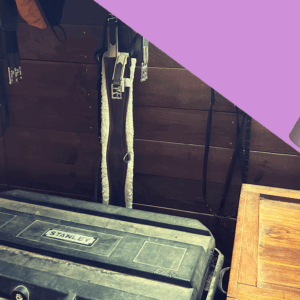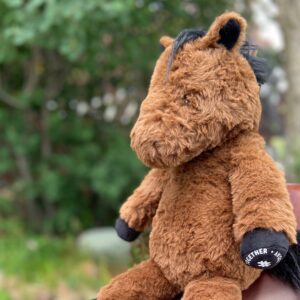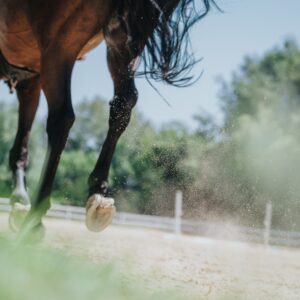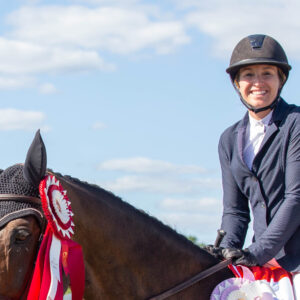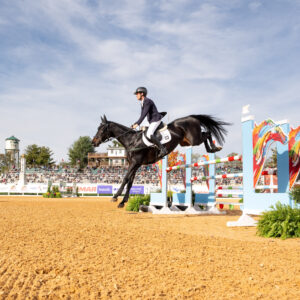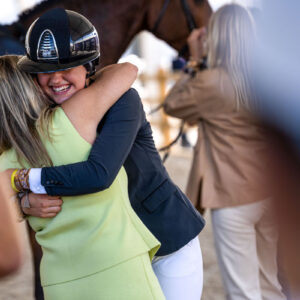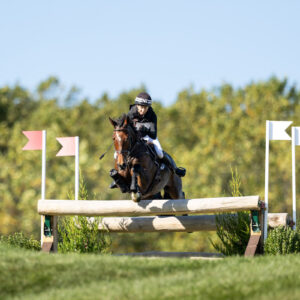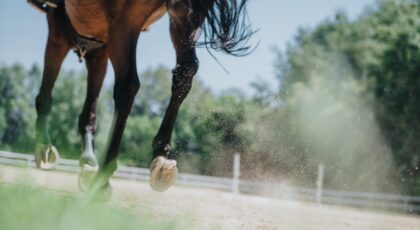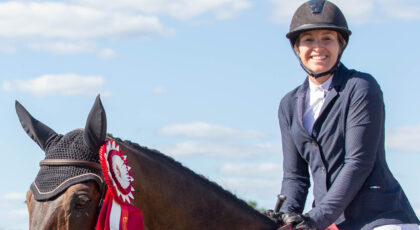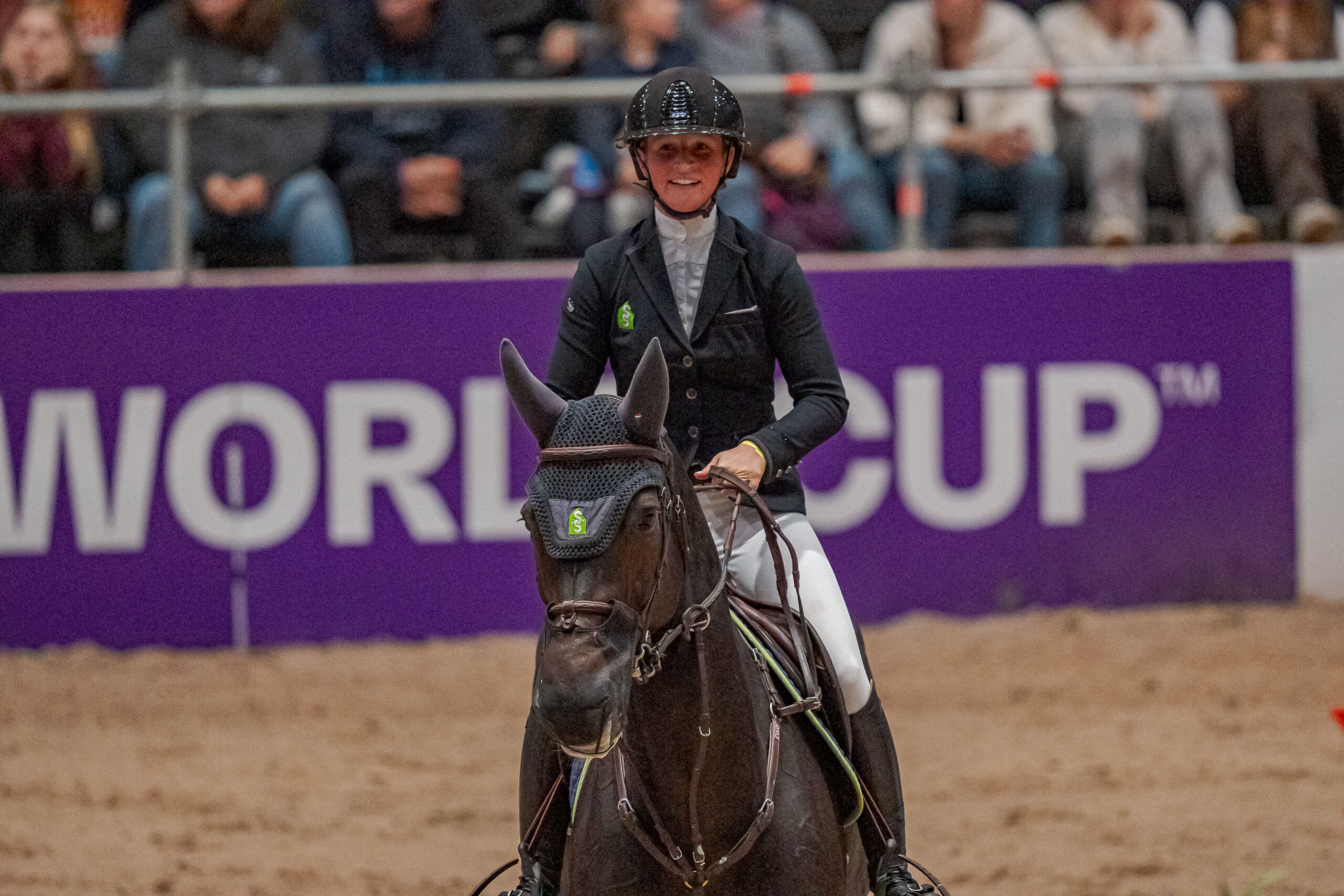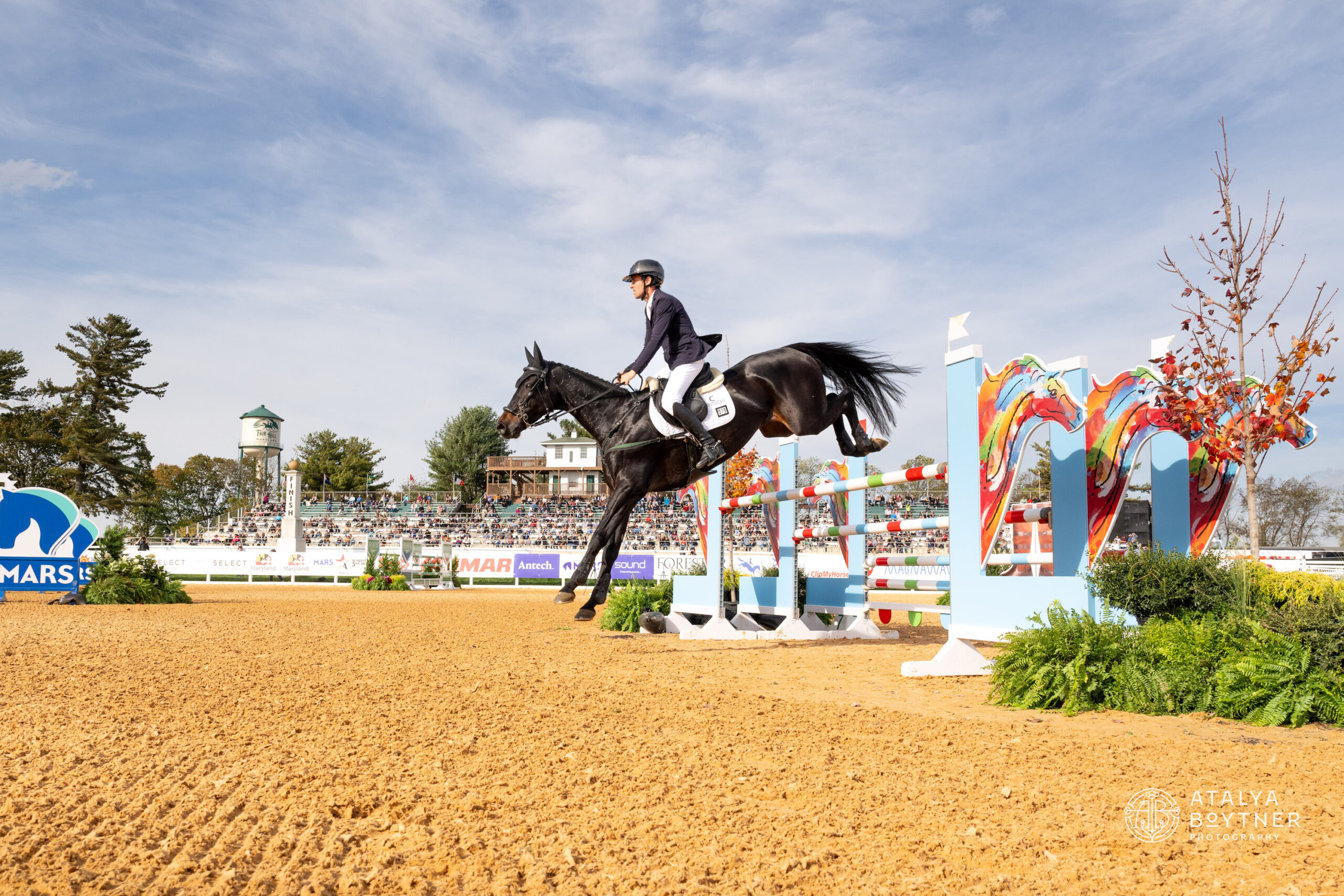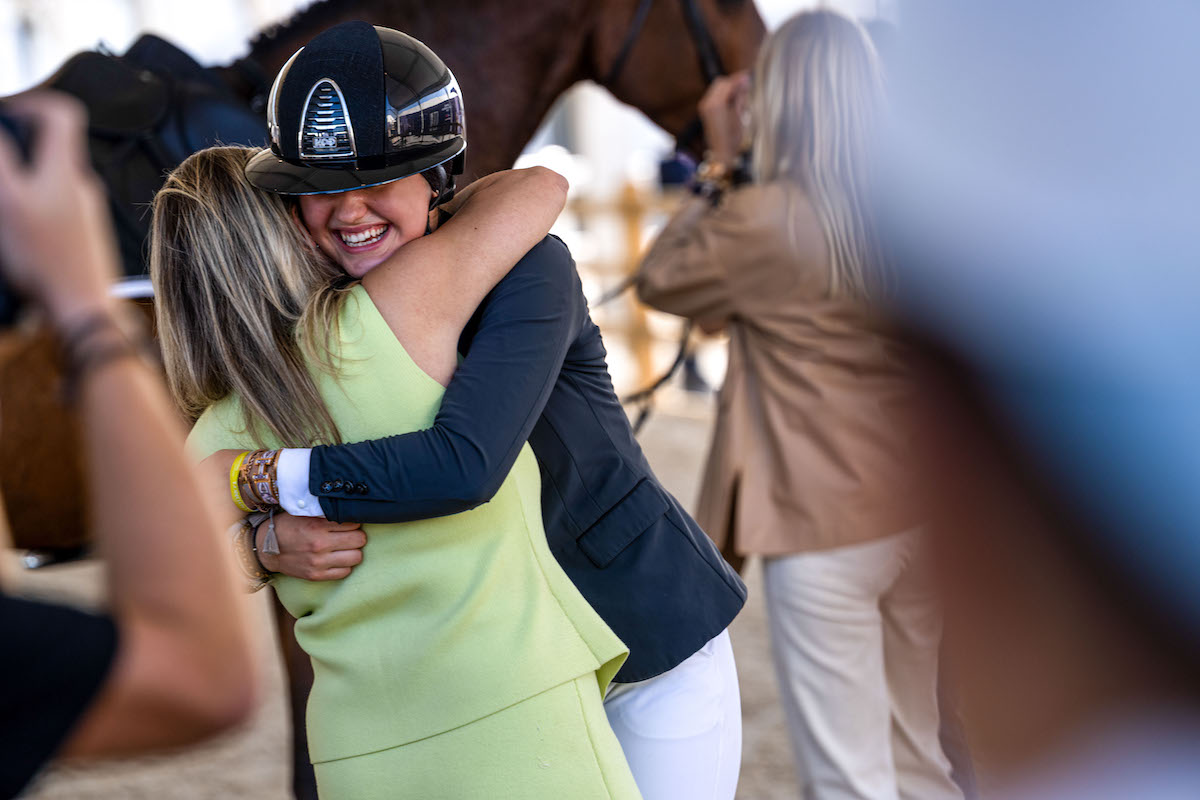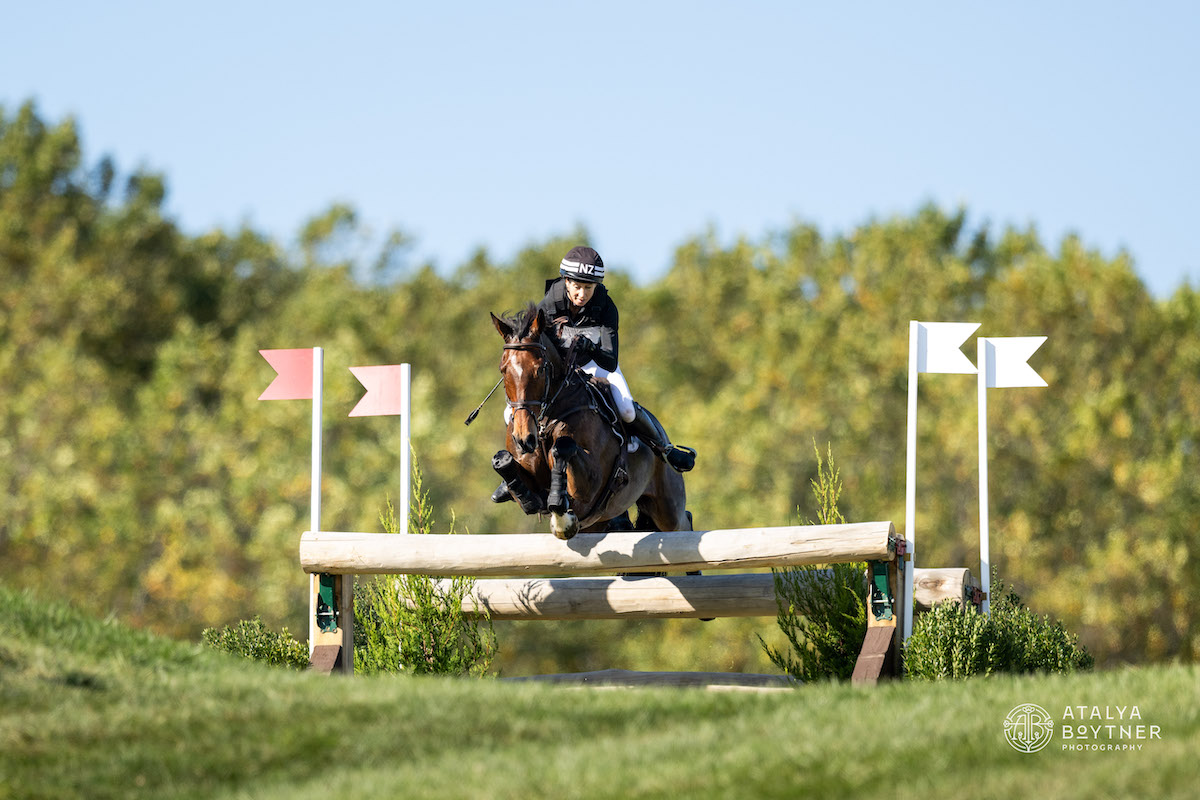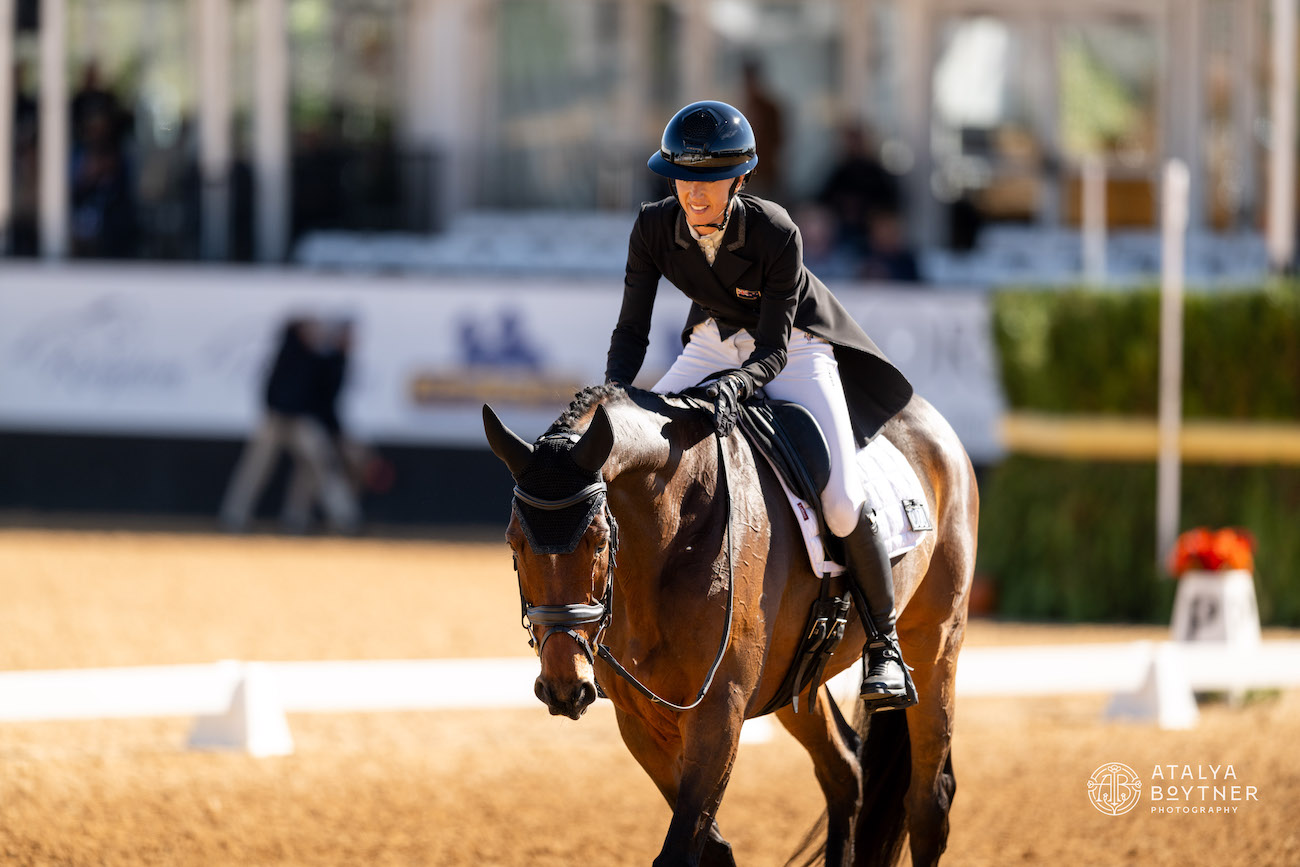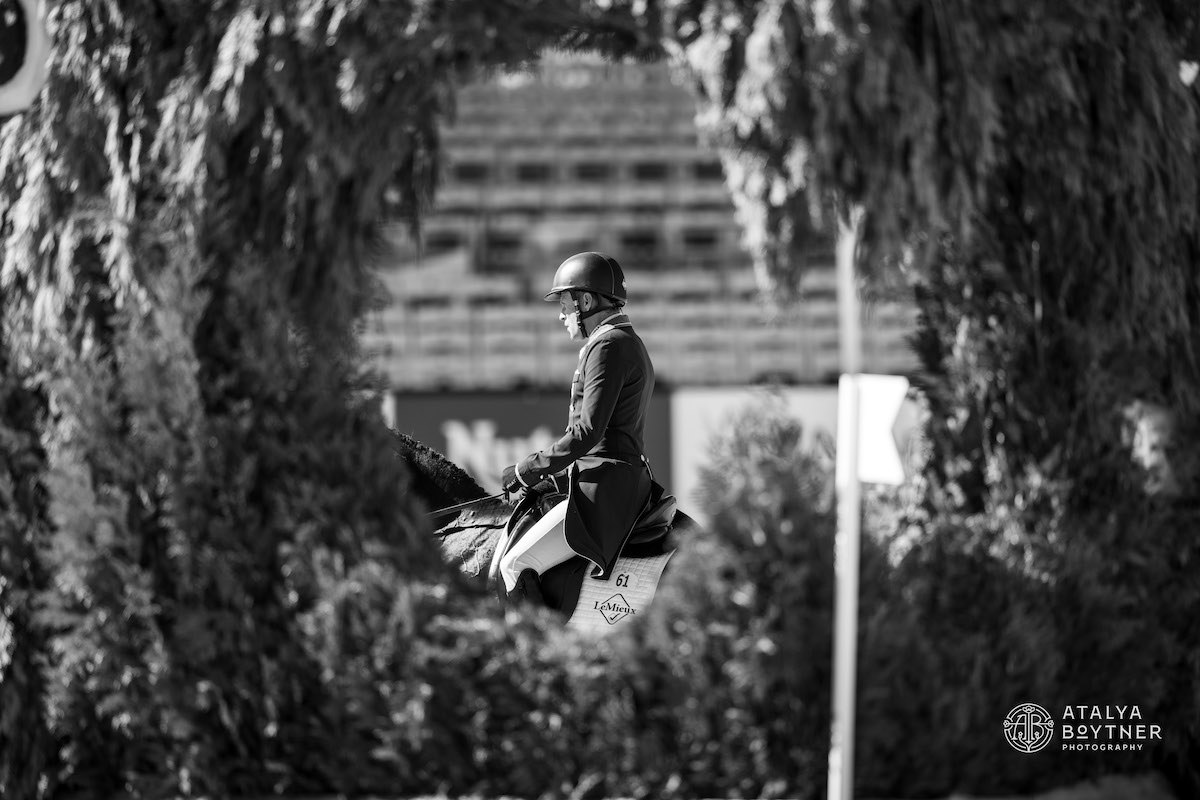“I wish my horse could just tell me what the problem is!”
Have you ever uttered this phrase? If so, you’re not alone. So many times, we wish our horses could talk and tell us what’s going on with them.
They do communicate, in fact—just not in the language we would prefer. Horses vocalize some of their feelings, of course, but most of their communication is done through body language. The good news is that if we learn to pay close enough attention, we can unravel some of the mysterious language of the horse.
Most of us understand a few signs. For instance, we know that if the ears are pinned back, the horse is angry and may be about to display aggressive behavior toward us or another horse. We can also probably recognize the sleepy face—eyes soft, bottom lip and ears drooping. But there are also other, more subtle types of body language that can actually speak volumes. For example:
Rapidly swiveling ears

©lostinfog/Flickr CC by 2.0
This is a sign that your horse is on heightened alert or is anxious. Something new or confusing may be going on in his environment and he will move his ears backwards and forwards, trying to determine the source of it. Or he may just be overwhelmed by too many stimuli (ever noticed this on a trail ride or while riding in a parade?).
Tail clamped down

A clamped tail is often a sign of nervousness, stress, or fear, but it can also indicate discomfort or pain, especially if it only happens under saddle.
Rapidly swishing tail

If your horse wrings or rapidly swishes his tail, it usually indicates one of two things: he’s either angry or he’s uncomfortable. Again, if this occurs while under saddle, your tack fit could be an issue, but it could be that he doesn’t find the activity you’re participating in nearly as pleasant as you do.
Licking and chewing

Horses often lick and chew as a way to express that they’re relaxed and accepting of whatever stimuli they’re currently being exposed to. In fact, it’s a common response during massage, acupuncture, or acupressure sessions. But it can also occur during training, in which case your horse is likely saying, Okay, I get this!
Flehmen Response

We’ve all seen that comical thing horses do when they lift their nose into the air and curl their upper lip. This behavior actually serves a very important purpose. When horses exhibit the flehmen response, they’re actually pushing scent particles through a structure in the nose called the vomeronasal organ (VNO). This is a common behavior for stallions when they’re trying to detect mares in heat, but any horse will use the flehmen response when they find something unusual in their environment.
A note of caution: occasionally, the flehmen response is seen when a horse is experiencing low level gastro-intestinal discomfort.
Clacking teeth

A behavior often shown by foals or young horses, clacking teeth may appear odd but is actually a sign of submission. They will often do this while in the presence of older, bigger horses as a way to say, Hey, it’s just me—the little guy. I’m not gonna hurt anyone so please don’t hurt me!
Yawning

Yawning is one of those behaviors that we think just has one meaning (tired, duh!). But it actually has several. For instance, excessive yawning can mean that the horse is experiencing discomfort or pain (such as ulcers or colic). It can also be a sign of aggression (seen more often in feral horses, especially stallions). Additionally, yawning can indicate frustration with a restricted stabling environment. Nevertheless, yawning on a frequent basis is something to pay attention to!
Of course, these are just a few of many ways horses communicate with both humans and other horses. The key message is this: pay attention to these subtle behaviors and you may very well be able to figure out what your horse is saying. When it comes to understanding horses, learn to listen with your eyes instead of your ears!
 About the Author
About the Author
Casie Bazay is a freelance and young adult writer, as well as an owner/barefoot trimmer and certified equine acupressure practitioner. She hosts the blog, The Naturally Healthy Horse, where she regularly shares information on barefoot, equine nutrition, and holistic horse health. Once an avid barrel racer, Casie now enjoys just giving back to the horses who have given her so much.

 May 4, 2017
May 4, 2017 






